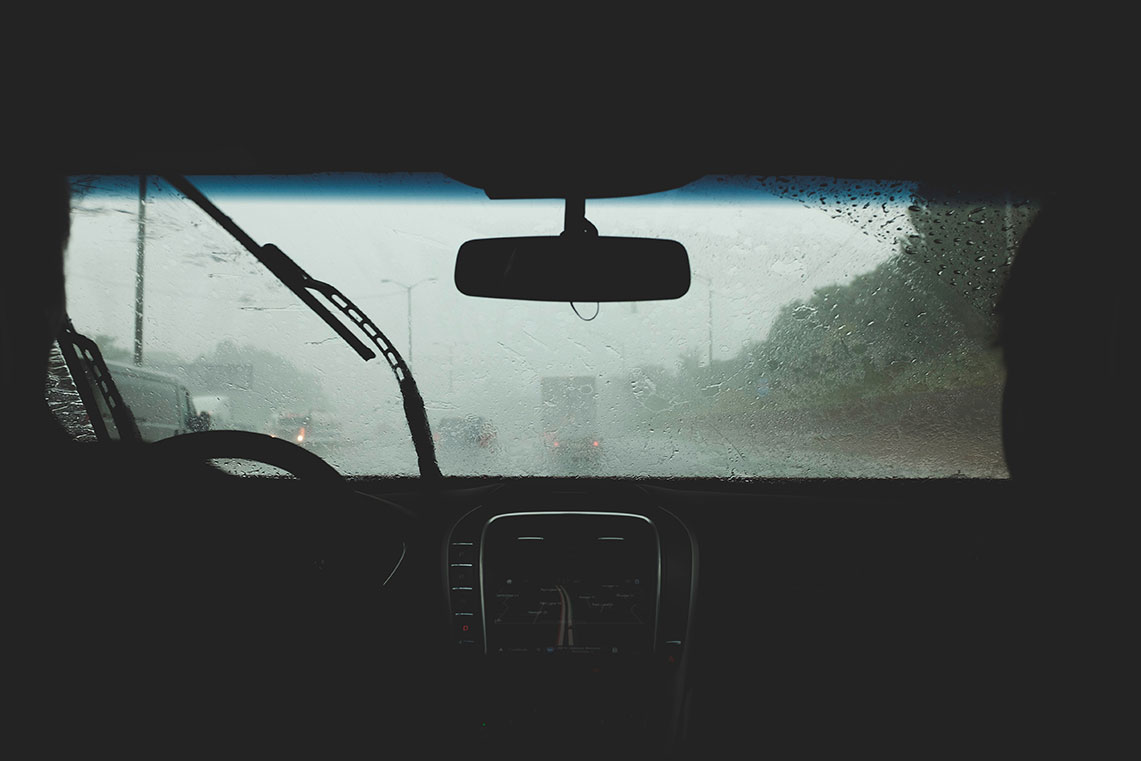
Rain is rare in Los Angeles—in fact, about 78% of the annual total rainfall occurs in just four months—so when it comes down on the city, Angelenos often find themselves unprepared and a bit overwhelmed navigating the damp roads.
Southern California highways have seen almost quadruple the amount of car accidents on a rainy day, yet most motorists still drive as if it were a regular SoCal day when it showers. Rain can seriously inhibit a driver’s abilities and a car’s performance, so it’s important to stay vigilant and apply safe driving practices if you’re ever caught on the road while it’s pouring. Prevent yourself from getting in an accident and avoid these common mistakes that Los Angeles drivers make in the rain.
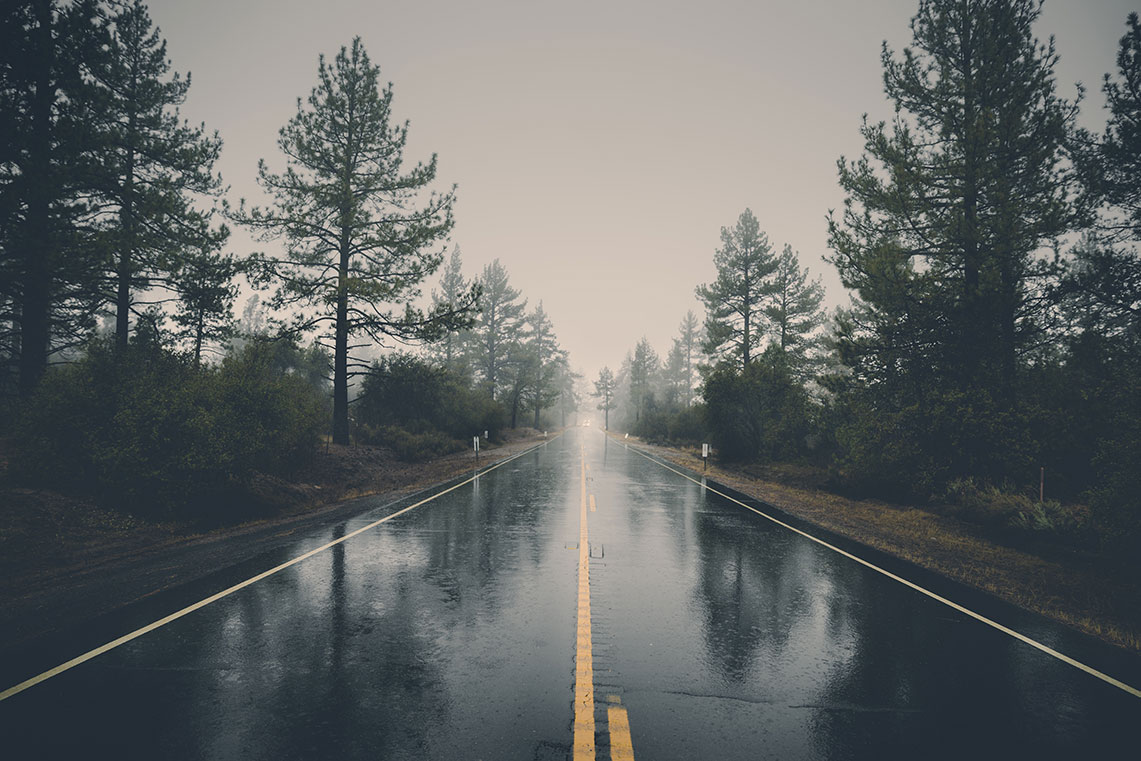
1. Driving too quickly in the first rainfall after a dry spell
Southern California rain usually falls after a prolonged period of dryness and heat, which is also when roads are at their most dangerous and most slippery. This is because heat causes oil in the asphalt to come to the surface, making the road’s top portion slick until rain has had some time to wash it off the surface. Wet pavement accounts for over 900,000 vehicle crashes on average each year, so be cautious when the first raindrop falls after a dry spell. Your tire will not have grip or traction on a slippery road, so drive more slowly, around 5-10 mph slower than usual, according to the California DMV. Also, be mindful of your surroundings and look out for random oil and deep puddles that could cause your car to hydroplane.
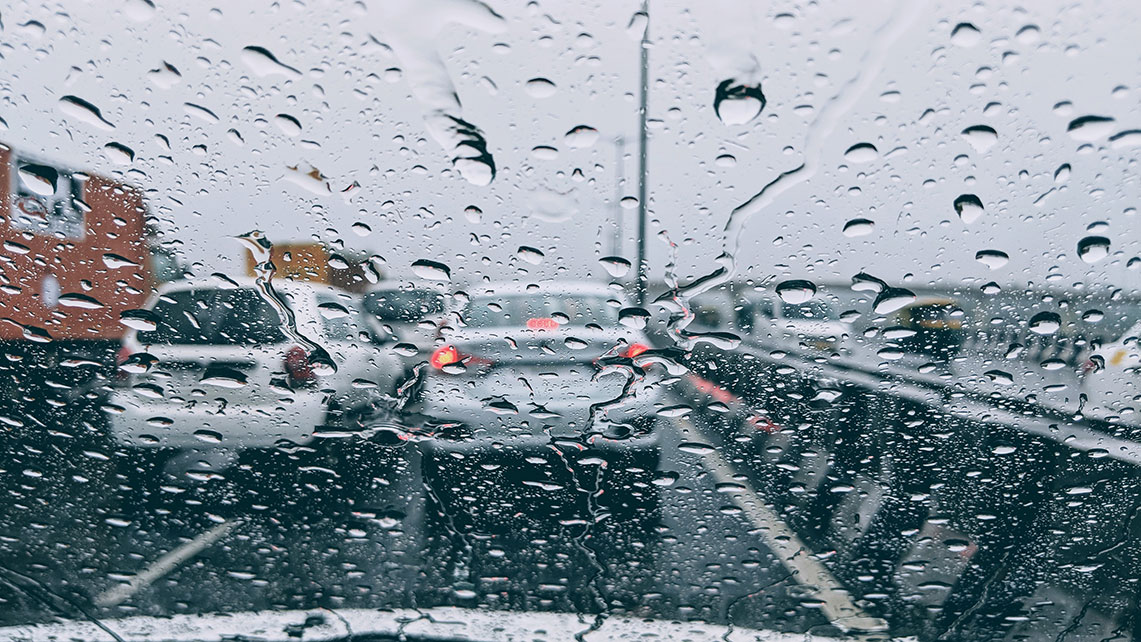
2. Driving too closely to the next car
What was one of the first lessons you learned in your earliest Driver’s Ed class? Though some may claim the difference between the brake and gas pedals as their first lecture, most people may also remember being taught to follow the next car about 3 seconds away to avoid the possibility of a rear-end collision. While this rule-of-thumb is good to keep in mind, drivers are advised to increase this following distance to about 5 seconds during more extreme conditions; this allows drivers the time to recognize hazards ahead of time and to properly react to them. Also, add some cushion between you and the cars beside you in the event you need to change lanes: you’ll need to find an easy alternate route should an accident occur in front of you, while also accommodating your fellow drivers whose blind spots are more difficult to see in the rain.
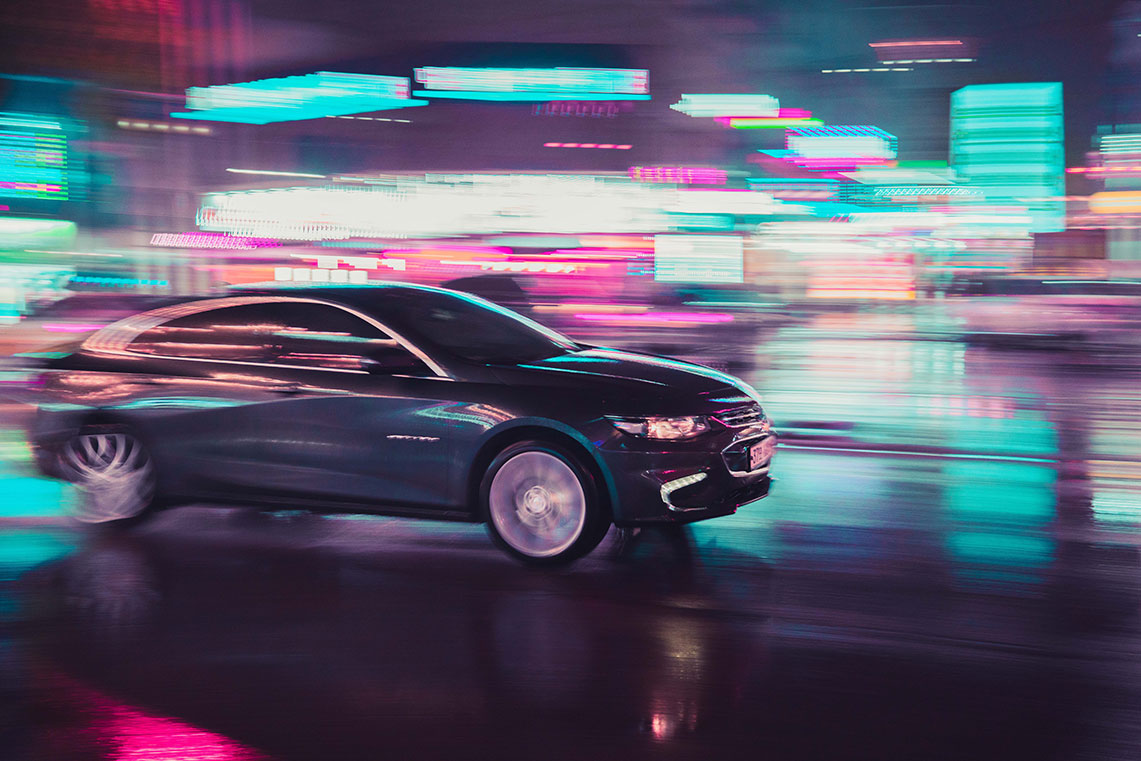
3. Unsafe reaction to hydroplaning in the rain
In its simplest terms, hydroplaning occurs when water comes between a tire and the pavement, causing the driver to lose control of steering. When water has had time to collect on the road, cars going at faster speeds cannot displace water fast enough, and their front tires are pushed slightly off of the ground. Since the car is technically driving on water and the tires do not meet the pavement, sudden braking and panicking in response to hydroplaning can actually cause your car to skid out of control. Instead, stay calm, firmly hold the steering wheel, and gently guide it in the direction of the skid until you regain traction on the road. Remember to keep looking ahead for any other hazards and for the final direction you aim to steer your car toward.
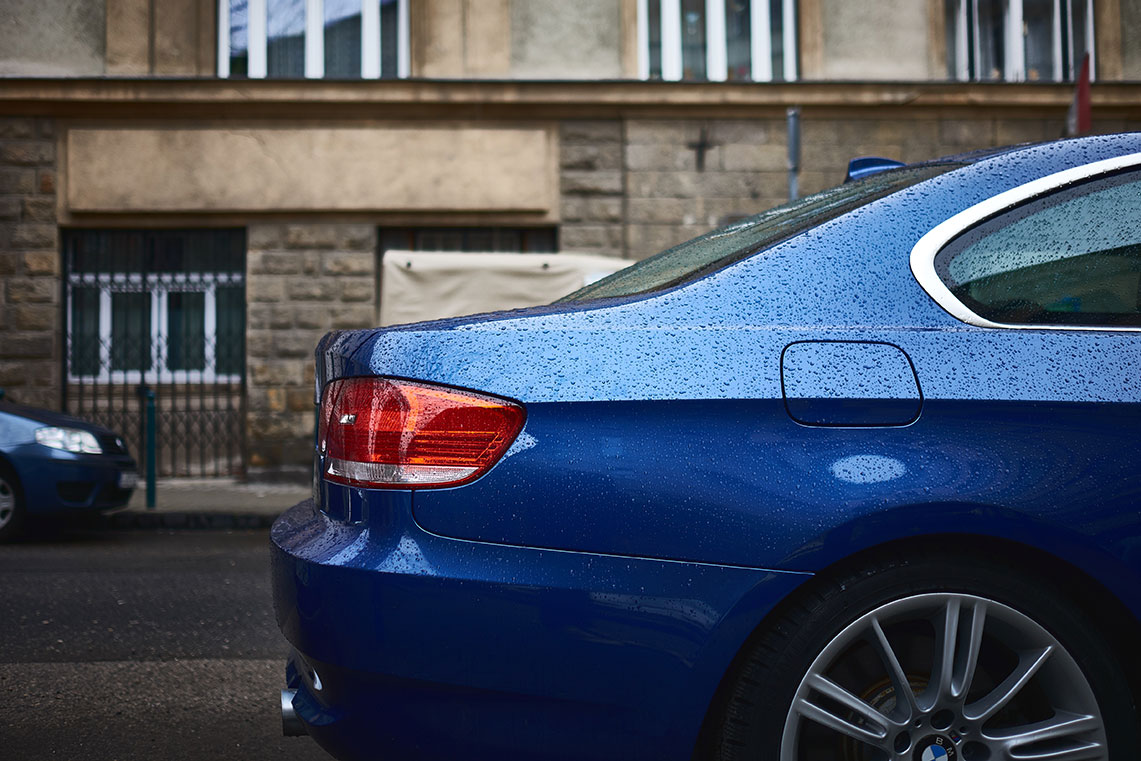
4. Minimal car maintenance for rain/wet weather
Driving a car comes with big responsibilities, and one of the most important to uphold is to keep it maintained for optimal performance. No matter the circumstances, your car should be prepared for anything it may come across—especially uncontrollable, unpredictable changes in weather. Take these tips from Mobil Oil and check these car parts to guarantee a safer trip in the rain:
- Ensure that your windshield wipers are like new, with sharp, clean blades
- Clean your windshield of marks and scratches for a clear, unobstructed view
- Buff out your headlights and taillights for a more visible warning from afar
- Check your tires for pressure and tread, and replace them if needed
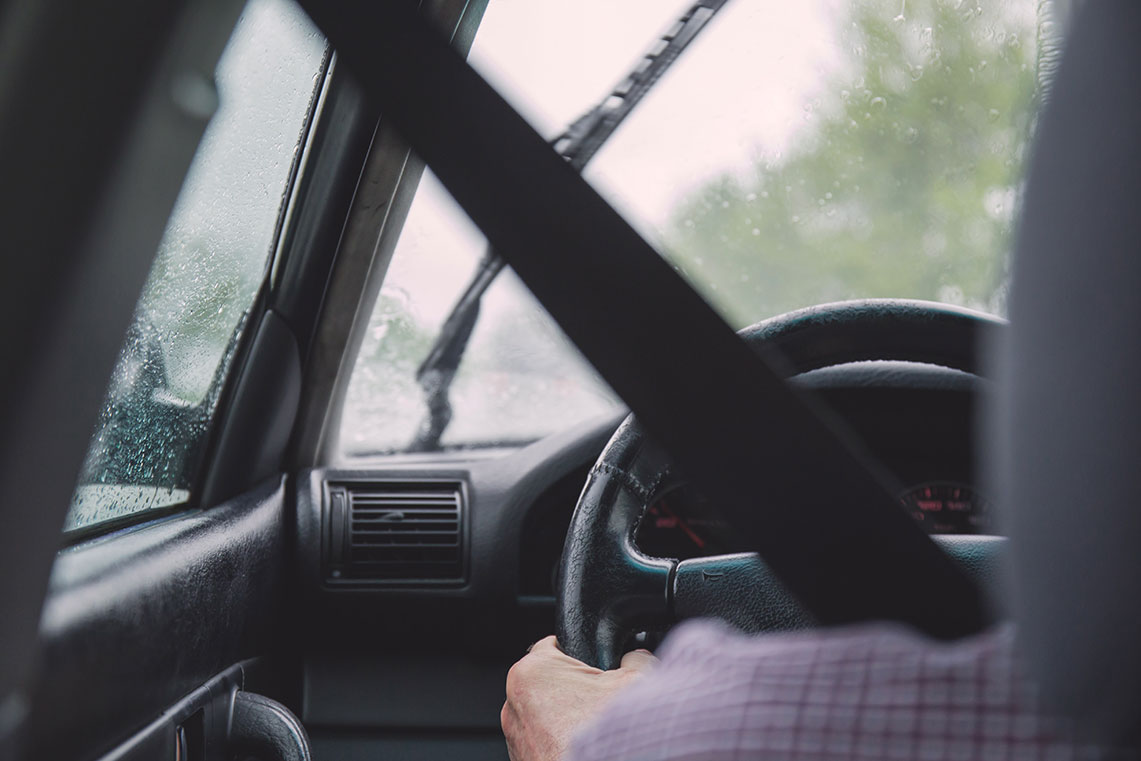
5. Driving without knowing your limits
Rainy weather can be intimidating to drive in, and it poses hazards that can be detrimental to drivers who are driving unprepared. In the event that you feel uncomfortable driving in the rain, postpone your trip until more favorable conditions develop. Equip yourself with regularly updated forecasts and traffic reports so you know how the weather will progress, and when it will be safer for you to drive. And when necessary, park in a safe location, like one of the many Joe’s Auto Parks lots and garages in DTLA, until the extreme weather subsides. Remember that you do not need to risk putting yourself in danger if you do not need to be driving in wet conditions.
Driving through Los Angeles in the rain can be dangerous and challenging, but it doesn’t have to be. Take some time to study this list and you’ll be a more cautious, tactical driver for the next time it rains in Southern California. And remember, Joe’s Auto Parks has convenient, covered facilities throughout Los Angeles that will keep you and your car safe in any condition. Don’t get stuck in the rain—reservations are just a click away on our Locations page.

Comments are closed.